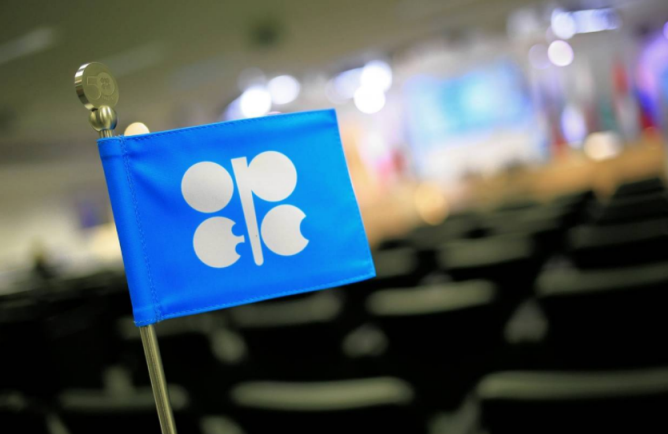The Federal Reserve was more dovish than expected, but that did not stop the dollar from appreciating against most of the major currencies last week. Even the Norwegian krone, which one would have thought would have been better supported following the central bank’s rate hike, closed lower on the week. Among the majors, the yen and Swiss franc were resilient in the face of the dollar’s strength.
The dollar also rose against many of the high-beta emerging market currencies, like the Turkish lira, the South African rand, the Hungarian forint, and Argentina’s peso. The Mexican peso was an exception. It had rallied nearly 1.8% until surrendering 2/3 ahead of the weekend, managing to close 0.6% stronger. The Indian rupee gained for the fifth consecutive week, but the momentum appears to be fading, setting the stage for a near-term pullback. The Hong Kong Monetary Authority intervened last week to further weakness, and helped by the fall in US yields, saw some success by the end of the week. The Hong Kong dollar gained 0.03% against the US dollar last week.
To read more enter password and Unlock more engaging content






 I don’t know how serious this is and the rebound in oil says it’s not a big deal. There is the NOPEC legislation to contend with and that would be a mess.
I don’t know how serious this is and the rebound in oil says it’s not a big deal. There is the NOPEC legislation to contend with and that would be a mess.